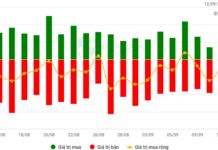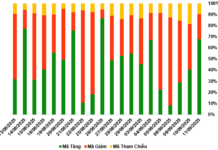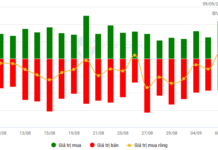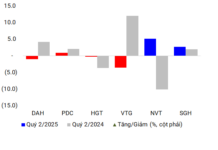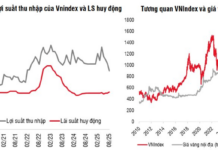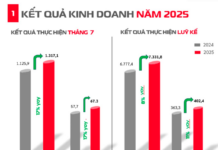
Illustrative image
According to preliminary statistics from the General Department of Customs, Vietnam imported over 1.4 million tons of crude oil in January, valued at over USD 814 million, an increase of 7.9% in volume but a decrease of 2.9% in value compared to the previous month. Compared to the same period in 2023, the import volume increased by 30% and the value increased by 19.1%.
The average import price reached USD 582 per ton, a decrease of 20% compared to December 2023.
In January, the majority of Vietnam’s crude oil came from Kuwait – one of the world’s leading oil exporting countries. Specifically, the amount of crude oil imported from this country reached over 1.092 million tons, valued at over USD 645 million, an increase of 33% in volume and 15.7% in value compared to the same period in 2023.
Import prices witnessed a 10% decrease compared to the previous month.
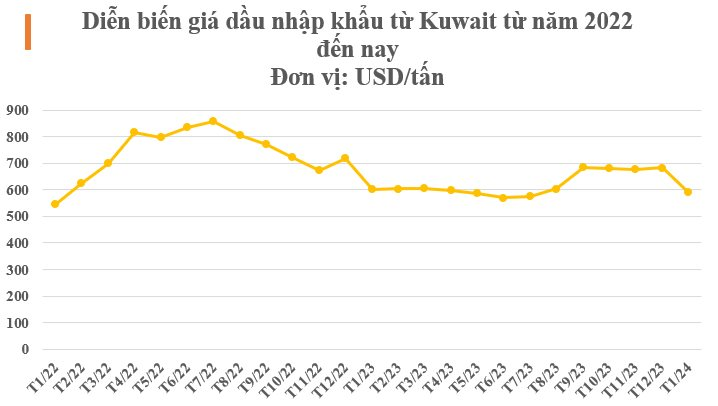
In 2023, our country imported over 9 million tons of crude oil from Kuwait, valued at over USD 5.58 billion, an increase of 7% in volume but a sharp decrease of 34% in value compared to 2022. The average import price in 2023 reached USD 618 per ton, a decrease of 17% compared to 2022.
According to OPEC, Kuwait has proven oil reserves of 101.5 billion barrels. This tiny Gulf country produces between 2.4 million and 2.67 million barrels of oil per day and exports about 1.7 million barrels per day.
OPEC stated that the member countries have decided to extend the production cuts until the end of 2024, in order to achieve and maintain market stability for crude oil, while also providing long-term direction for the market. Specifically, Saudi Arabia will extend its voluntary production cut of 1 million barrels per day from July 2023 to the end of Q1 2024. Russia will cut 500,000 barrels per day until March 2024, an increase from the current 300,000 barrels per day.
Meanwhile, Kuwait Petroleum Corporation plans to increase its production capacity to 4 million barrels per day by 2030. This shows that Kuwait is not particularly worried about forecasts of declining oil demand.
Not only crude oil, but Kuwait’s petroleum products are also becoming increasingly popular. According to data from ship tracking company Kpler cited by Reuters, in February, Kuwait’s mazut oil exports reached a record high of about 720,000 metric tons, equivalent to 158,000 barrels per day.
According to data from LSEG, Kuwait’s mazut oil exports in February reached about 516,000 metric tons, the highest export volume since March 2016.
Since the Al-Zour refinery was put into operation at the end of 2022, Kuwait has become a major exporter of low-sulfur (VLSFO) and high-sulfur (HSFO) fuel oils, mainly used as fuels in maritime transport.
Of the total estimated fuel oil volume exported by Kpler this month, 60% is VLSFO and the remaining 40% is HSFO.
In 2024, OPEC maintains its forecast for global oil demand growth. In the oil market report published on December 13, 2023, OPEC predicted that global oil demand will increase by 2.25 million barrels per day in 2024, a significant decrease from the projected increase of 2.46 million barrels per day in 2023.

